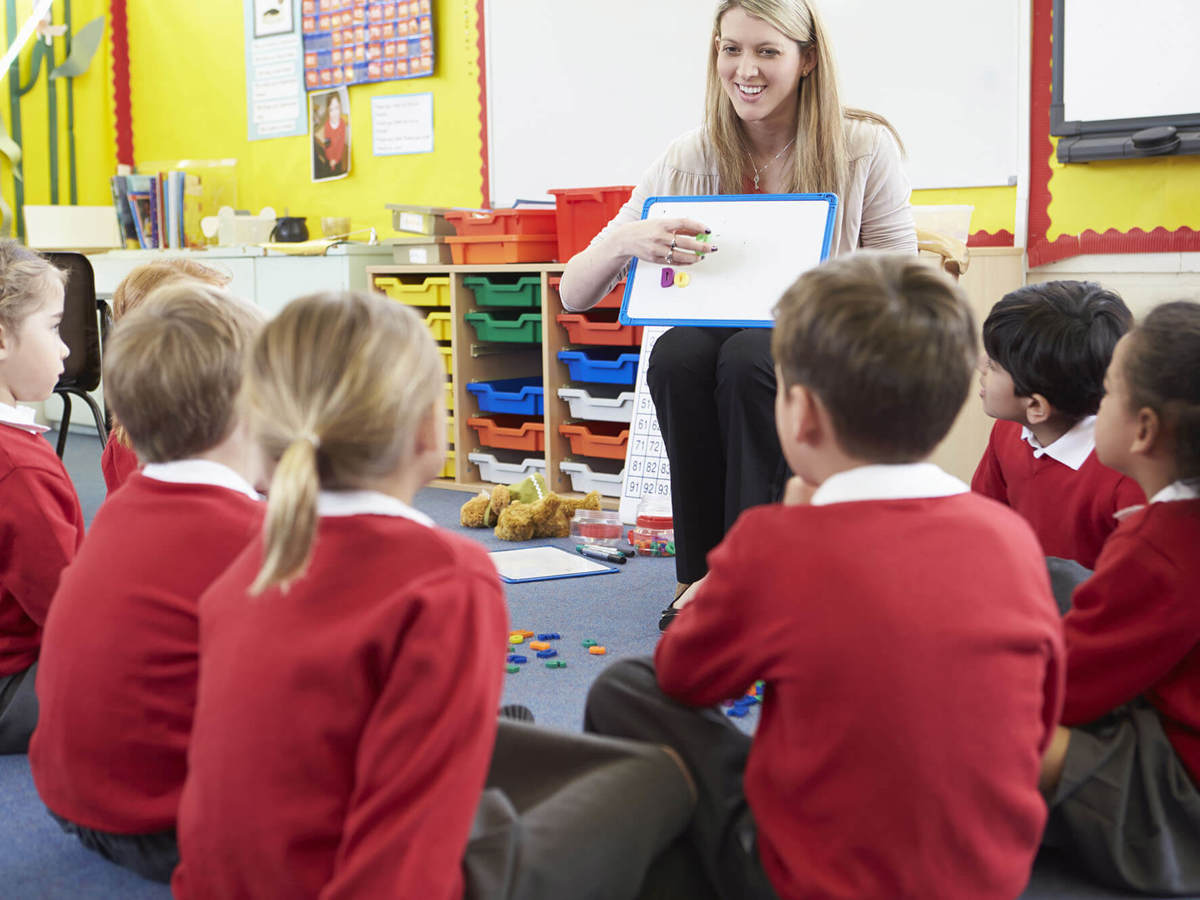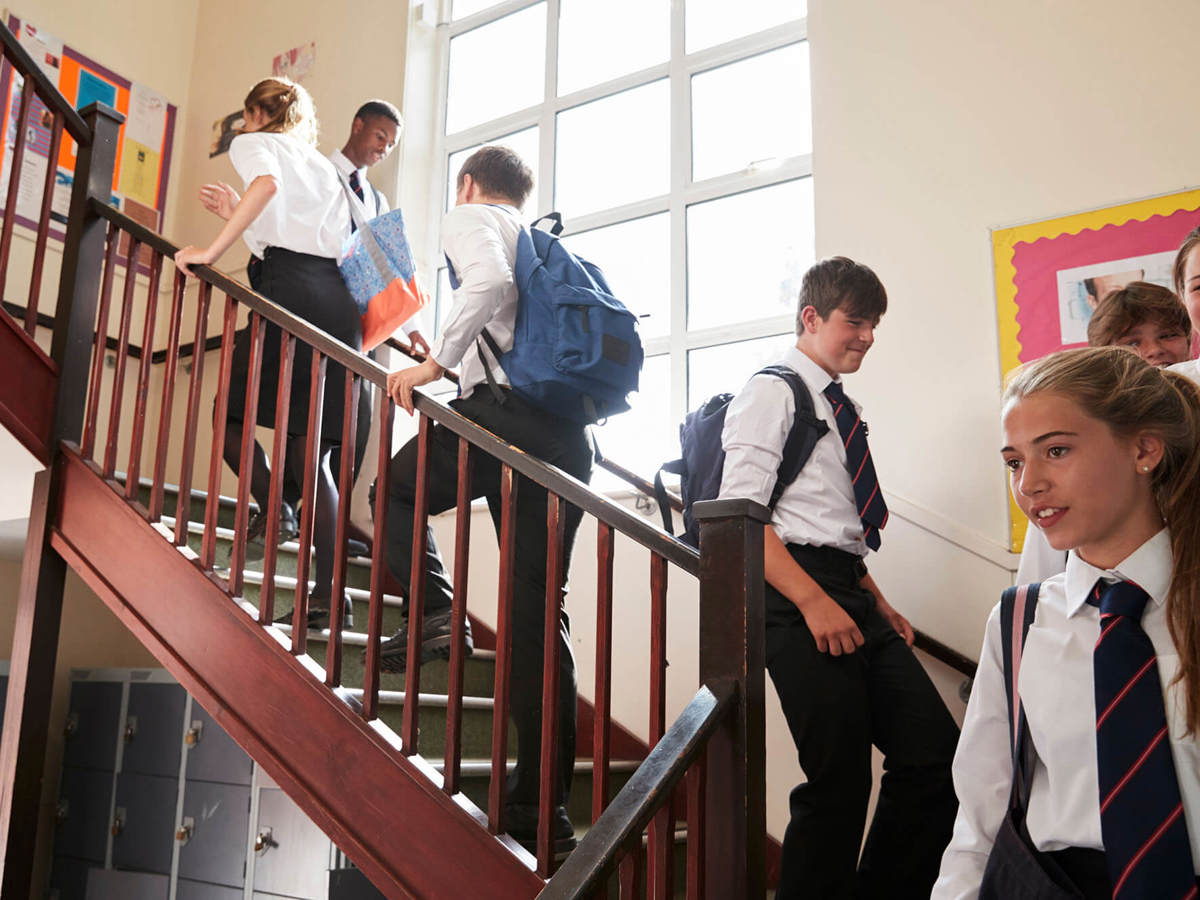Safeguarding Pupils: Essential Guidance and Responsibilities for Governing Boards
Creating a safe environment for pupils is one of the most important duties of governing boards. A key resource that will help boards achieve this is the statutory guidance, Keeping children safe in education (KCSiE) which is updated annually, with the latest draft now available.

Creating a safe environment for pupils is one of the most important duties of governing boards. A key resource that will help boards achieve this is the statutory guidance, Keeping Children Safe in Education (KCSiE), which is updated annually, with the latest draft now available. All governors and trustees must read and understand KCSiE - part two sets out governing board responsibilities.
Below are some key changes those governing should be aware of:
- Your setting’s child protection policy should contain the updated definition of safeguarding and promoting the welfare of children, found in Part One, paragraph 3. This has been amended to reflect the updated ‘Working together to safeguard children 2023’.
- In Part Two, paragraph 93, the DfE Data Protection guidance for schools is referenced. This guidance is designed to help governors and trustees understand and comply with their obligations regarding data protection law.
- There is clarification in Part Two, paragraph 171, that where a school places a pupil with an alternative provision provider, it continues to be responsible for the safeguarding of that pupil and should be satisfied that the placement meets the pupil’s needs. Governing boards should, therefore, satisfy themselves that their school’s approach reflects this.
- The guidance relating to children who are lesbian, gay, bisexual, or gender questioning has been amended to reflect the draft non-statutory guidance, ‘Gender Questioning Children’. However, the section remains under review, pending the outcome of the consultation—Part two, paragraphs 205-209.
Annex F of the guidance provides a full list of the changes. Although the changes that governors and trustees need to be aware of are relatively minor, any update to the guidance is an opportunity for boards to refamiliarise themselves with the statutory guidance and review their policies.
While compliance with the relevant law is key, effective safeguarding practices will start with cultivating a culture of safeguarding. Supporting an overarching culture of safeguarding and ensuring this culture is embedded will help ensure that safeguarding is a consideration for everyone in the school/trust with respect to everything they do. There should be an emphasis on staff training so they know what signs to look for and what action they need to take if they have any concerns. Having a strong safeguarding culture will also ensure that pupils feel confident to approach a member of staff if they have a worry or problem.
Safeguarding policies and procedures
A key factor that boards will need to consider when approving safeguarding policies is that they are compliant with the relevant law and reflect current best practice. In addition to this, governors and trustees should assure themselves that the policy is appropriate, reflects the characteristics of their setting, and suits the needs of their pupils. A well-drafted policy will also help demonstrate to stakeholders how seriously safeguarding is regarded in your setting.
Staff and safeguarding
Governing boards should ensure an appropriate senior member of staff from the leadership team is appointed as the designated safeguarding lead (DSL). The DSL will lead on safeguarding and child protection, so those governing should seek assurances that they have the support, training, and time to carry out this role. Where appropriate, schools may also have deputy DSLs.
Although the DSL will lead on safeguarding and child protection, it is essential that all staff understand their roles and responsibilities and are able to discharge them. Boards should ask questions to ensure that all staff receive appropriate and regular safeguarding and child protection training.
Pupils and safeguarding
Although governors and trustees will not have direct involvement with pupils in respect of safeguarding, they should be confident that the policies, procedures and culture ensure that the best interest of pupils is placed at the heart of everything the school or trust does. There should also be an environment that encourages pupils to share safeguarding concerns about themselves or others.
Safeguarding and the governing board
Broadly speaking, the governing board’s role is to ensure that safeguarding policies and procedures are compliant and implemented effectively, that all staff understand their roles and responsibilities and can discharge them, and that the board has sufficient knowledge and capacity to fulfil its safeguarding responsibilities.
To help meet these obligations, the governing board is required to appoint a governor or trustee to take leadership responsibility for safeguarding arrangements in their school/trust. This role will involve:
- Meeting with the DSL termly
- Staying up to date on relevant guidance and policy
- Reporting to the governing board following meetings with the DSL and any monitoring visits
In addition to appointing a safeguarding link governor or trustee, all governors and trustees should ask questions and seek assurances that safeguarding practice is effective. To help with this, it is vital that all governors and trustees receive appropriate safeguarding and child protection training at induction, which should be updated regularly. The training can take any form, such as face-to-face, written guidance, or online. NGA’s guidance, Safeguarding: A Guide for Governing Boards and e-learning module, will be updated to reflect KCSiE 2024.
Governing boards should therefore speak to senior leaders and ensure that steps are being taken to update safeguarding policies and procedures to reflect the updated statutory guidance. In addition to the changes flowing from the guidance, schools and trusts should use this as an opportunity to review their safeguarding practices more widely and assure themselves that their approach remains appropriate for the individual characteristics of their setting and the needs of their pupils.

Rani Kaur
Head of Advice
Rani oversees NGA’s Advice team and GOLDline service. She leads on the SEND and premises management policy areas and manages NGA’s work on equality, diversity and inclusion. She is co-chair of an infant and nursery school in Solihull.










































